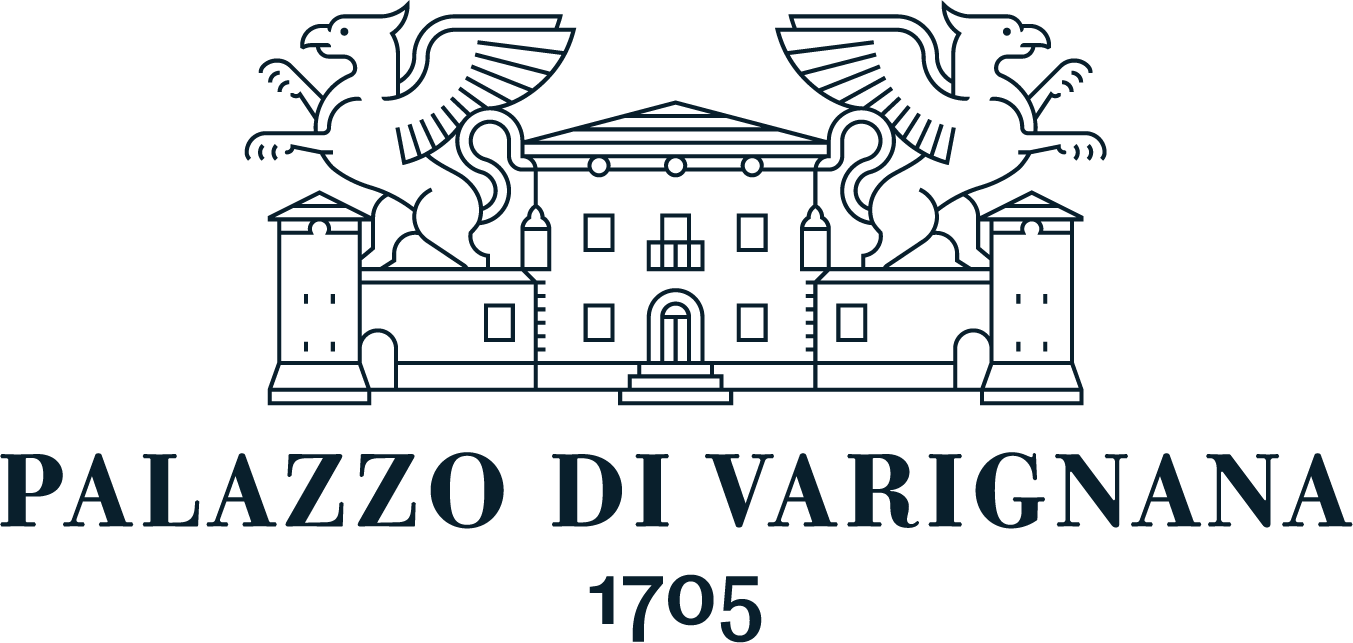Every year, more than one billion tons of food are lost worldwide (UNEP; FAO). In Europe, most waste happens at home, but restaurants and food services also play a major role (Eurostat).
Small, well-executed actions matter more than big statements. That’s why at Palazzo di Varignana we approach the issue with simplicity and consistency, day after day.
We partnered with Too Good To Go, the app that helps save unsold or soon-to-expire food: since 2021, 532 meals have been saved, avoiding 1.24 t CO₂e (Palazzo di Varignana Sustainability Report). On February 5th, Food Waste Awareness Day, we also launched the #primachesiatardi program: curated boxes of artisanal products are offered at a 50% discount, giving value to surplus items instead of wasting them.
In the kitchen, good ideas that work are often the simplest ones — starting from recipe design. The short distance between farm and kitchen teaches us a key lesson: knowing the supply chain naturally leads to better use of raw ingredients. Our chefs design recipes before service even begins — selecting ingredients and cooking methods to use every part of the product, transforming peels, scraps, and less noble cuts into flavorful elements through preservation, fermentation, and slow cooking. It’s an approach that combines creativity and responsibility: designing dishes to reduce waste means saving resources before corrective action is even needed.
Having a vegetable garden, sourcing locally, and experiencing seasonality up close makes avoiding waste more natural. Leftovers from small events are often reused in the staff canteen, ensuring nothing goes to waste.
For larger events — with greater volumes and higher risk of leftovers — we collaborate with organizations such as Food for Good — the “From meetings to solidarity” initiative by Federcongressi&eventi with Banco Alimentare and Equoevento — to recover surplus food and donate it locally. At the third edition of the Concorso d’Eleganza 1705, we donated about 37 kg of food to the Varignana parish, enough to feed 20–25 people.
We estimate this action avoided ~100 kg CO₂e — a cautious figure that shows how small, local gestures can generate real climate benefits. Food carries a built-in footprint from farming, processing, transport, and disposal — and if sent to landfill, it would also generate methane from decomposition. Preventing waste, therefore, means cutting these embedded emissions and returning resources and value to the community.
We apply internal protocols to recover leftovers from events and redistribute them in the employee canteen, and we work closely with suppliers to fine-tune deliveries and quantities.
We don’t propose miracle solutions: reducing food waste is daily work that requires data, discipline, and strong relationships with suppliers, associations, and the community. That’s why we measure, adapt, and share the practices that work.
Our commitment is aligned with the UN 2030 Agenda (SDG 12): it’s not just goodwill, but a concrete responsibility we have chosen to embrace. Small actions — training staff on preservation and anti-waste creativity, rethinking the supply chain, taking smaller portions and returning to the buffet, turning leftovers into new recipes or compost — combine care with practicality. It’s not a lesson, it’s an invitation: reducing waste means respecting resources — water, land, labor — and giving back value to the community. At Palazzo di Varignana, we do it with daily gestures, not slogans.



